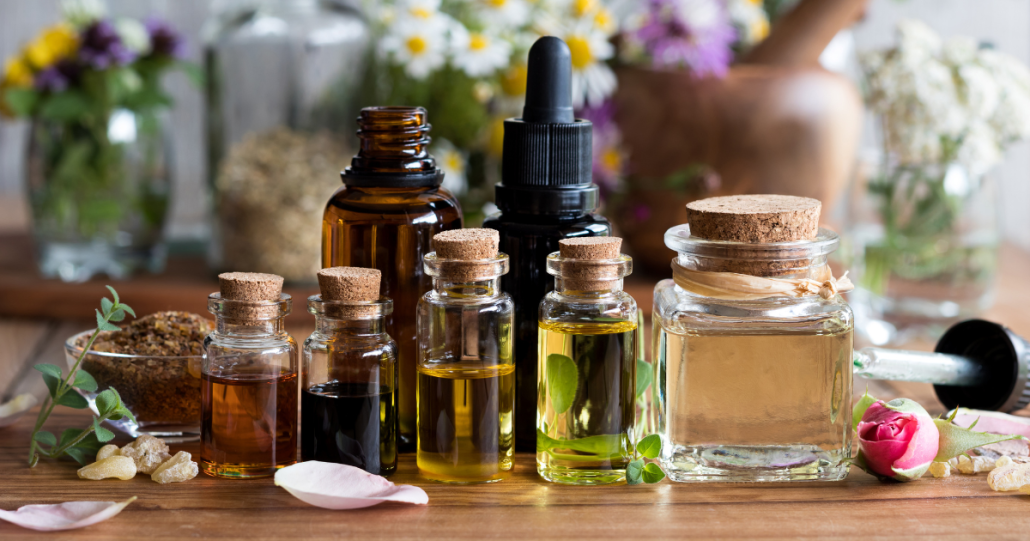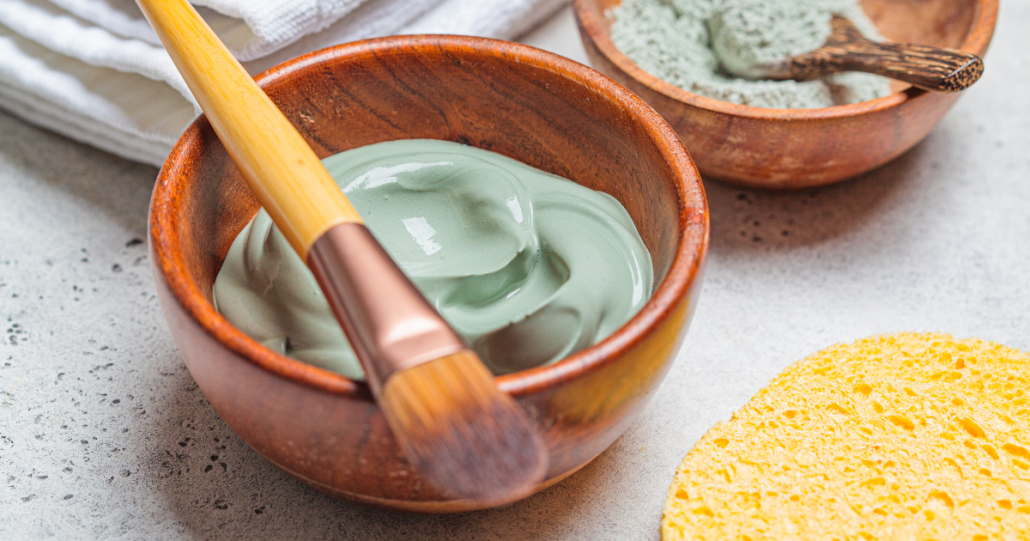Most women can provide enough milk for their baby, so the concept of “low milk supply” is often a misunderstanding of what is really going on. When women come into my office complaining of low milk supply, they usually are not managing their breastfeeding properly, latching incorrectly or have a baby with a suckling disorder. I would venture to say, that, if the breastfeeding is being managed correctly (meaning, not putting the baby on a schedule), and the woman still feels she does not have enough milk; it is usually the baby is that is having an issue and not the mother. Women who have babies with suckling disorders are often confused—feeling that they are doing everything correctly. They ‘feel’ that the baby is latched on properly, and they ‘believe’ the baby is taking in milk, but they are shocked when the baby is weighed before and after nursing, and the digital scale which can tell how much the baby is taking in, barely moves. If the problem is with the baby’s latch or the baby’s suckle, most proficient lactation consultants can teach the woman how to fix these problems.
In rare cases, when it truly is the mother with the problem, it would tend to be from one of the following conditions:
- Insufficient glandular tissue
- Retained placenta
- C-section
- Thyroid problems
- Hashimoto’s thyroid inflammation
- Sheehan syndrome
I will now briefly discuss the above conditions to clarify what they mean.
Insufficient glandular tissue is a condition in which the straw-like tubes in the breast that carry the milk, called ducts, never grew properly during adolescence. This means that the breasts were never properly formed, and even with the use of herbs and supplements, excess pumping, or in the event that it were possible to place the baby on the breast 24/7, this woman will never produce more milk—this is a true breast condition. And here are a few very clear signs to help identify insufficient glandular tissue: the breasts are asymmetrical—although all women have slightly different shaped breasts, here one breast is noticeably larger or different than the other in shape and size; the breasts are situated so widely apart on the body, that the woman does not have a cleavage; and occasionally the breasts can be triangular in shape and pointing downward, or tubular in shape; the breasts do not grow or change shape very much during pregnancy, as would be expected, and they do not appear to fill up with milk on the third day post-partum. With this condition the quality of the breastmilk is fine; it is the quantity that is missing. In general, my clients with this breast condition, who choose to breastfeed their babies, will supplement with formula till the child is past one year old, but each case will be different and will require supervision by a professional to make sure that the infant is gaining enough weight.
Retained placenta– Retained placenta means that part of the placenta or fragments of the membranes are left behind in the uterus after delivery. If small fragments of placenta or membrane are retained, the body’s signal to trigger the release of hormones necessary to produce milk will not be properly activated often causing low milk supply. A woman with this condition will usually begin to suddenly bleed very profusely after her bleeding has slowed down. Woman usually get very frightened by this sudden gush of blood, but the good news is that after the body has removed the left over fragments the woman usually will feel a her breasts filling up with milk. Sometimes women with this condition will require a DNC to clean out her uterus.
C-sections– Often a woman after a C-section will not have her milk ‘come-in’ till day five unlike woman with vaginal births who’s milk comes in by day three. I wish women would be informed of this in the hospital after they birth by cesarean section so they can feed their babies in alternative ways (i.e. finger-feeding, spoon or cup feeding) as they are waiting for their milk to ‘come-in.’ Another problem for mom’s who had a C-section is that often these babies spend more time in the nursery and are given a lot of bottles and then suffer from nipple confusion and are not willing or even able to take the breast properly even after the milk has come in.
Low thyroid-Many woman with low thyroid levels will struggle with milk production. Testing for low thyroid levels are controversial because sometimes women’s blood work appears to be within normal range, but when they begin to be treated for hypothyroidism they feel an increase in their breastmilk production. Women who are already taking synthroid during their pregnancies must get their levels checked right after birth because their need for more of less of the medication may change post-partum. If your blood levels appear fine and your baby has been checked by a lactation consultant and the baby is nursing properly and you are still not producing enough milk another way to check your thyroid function is with a basel thermometer. This method of testing is done by taking your Take your temperature every morning when you first wake up, preferably before you move. If your temperature is lower than 98.0 chances are your milk may increase with some thyroid boosting supplements.
Hashimato disease– is an autoimmune disease that affects the thyroid. With this condition the immune system makes antibodies that damage thyroid cells and interfere with their ability to make thyroid hormone. Often for postpartum woman this is a temporary state. Hashimoto’s disease can be hard to diagnose during pregnancy because a normal pregnancy and hashimato often have the same symptoms: weight gain, and fatigue. If you test positive for this condition medications such as levothyroxine work well and often can help the woman begin to produce breastmilk. For more information on this condition you can contact womenshealth.gov.
Sheehan syndrome- happens after the woman has lost a lot of blood after the birth of her baby. Blood loss that exceeds the normal range for vaginal birth (up to 500 cc) or cesarean birth (up to 1,000 cc) can place a mother at risk for low milk supply. This condition is rare, but often overlooked by the medical profession. This amount of blood lose can stop her pituitary gland to stop functioning normally. It’s the pituitary job to secrete the milk making hormones. Often this is only a temporary condition and with this condition it is important to set up a pumping schedule, eating a lot of healthy foods and vegetables and working with a professional. Other signs of Sheehan syndrome besides low milk supply often are: low blood pressure, hypoglycemia, weakness and dizziness, hoarse voice, joint pain, abdominal pain and Constipation.


